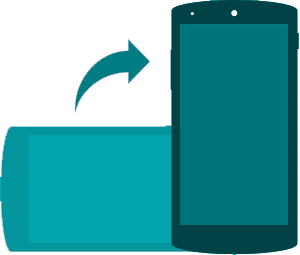Levonorgestrel 52 mg
| ₹ 3774.99 MRP Get this at ₹ 3692.93 > |
Uses of Levonorgestrel
Levonorgestrel is intrauterine delivery system (IUS) which is used as a long-term, reversible and effective method of contraception (used to prevent pregnancy), to treat heavy menstrual bleeding (menorrhagia) and to protect the lining of your womb during menopause as part of a hormone replacement therapy (HRT) regimen.
Therapeutic Category
Levonorgestrel: Progestins
How Levonorgestrel works
Levonorgestrel acts as a contraceptive by thinning the lining of the uterus it prevents pregnancy and prevents sperm entry by thickening the lining of the uterus, thus it inhibits fertilization and it also blocks the release of eggs (ovulation). Reduces heavy menstrual bleeding by thinning the lining of the uterus. In menopause, it replaces hormones such as progesterone and prevents cancer by protecting the lining of the womb.
Common side effects of Levonorgestrel
- Irregular, mild or missing menstrual periods
- Spotting as well as vaginal bleeding
- Vaginal and external genitalia (vulva) infections caused by bacteria or fungi
- Acne
- Anxiousness, depression or other mood swings
- Less sexual drive
- Headache, migraine, dizziness, presyncope (feeling faint)
- Back pain
- Nausea, vomiting, abdominal or pelvic pain, distended abdomen
- Painful periods
- Increased vaginal discharge
- Tender and painful breasts
- Spasm of the womb
- MIRENA INTRAUTERINE DELIVERY SYSTEM coming out by itself
- Weight gain
- Ovarian cysts
When to consult your doctor
Consult your doctor, if you experience:
- Signs of a blood clot in the lung include sharp pain in the chest, coughing blood or sudden shortness of breath
- Swelling, pain, warmth and redness of arms and legs due to a blood clot in the leg
- Signs of a heart attack such as crushing chest pain or heaviness
- Signs of strokes such as sudden severe headache, vomiting, dizziness, fainting, impaired speech, blurry vision, weakness, numbness or tingling of the face, arm or leg, particularly on one side of the body, vomiting, trouble understanding, trouble with walking and loss of balance
- Signs of a blood clot in the eye such as sudden blurring of vision, eye pain or eye pressure
- Allergic reactions such as itching, rashes, swelling of the face, lips, cheeks, tongue and/or throat
- develop mood swings and depression symptoms such as suicidal thoughts
- intense pain or fever soon after having a device inserted, you may have a severe infection that needs to be treated very away. sepsis, an extremely serious infection, can rarely happen
- Severe pain and continuous bleeding, due to damage or a womb wall tear (perforation) signs and symptoms of perforation may include heavy bleeding upon insertion, significant pain, more pain than estimated and pain or bleeding that lasts for more than a few weeks, significant changes in your menstruation, pain experienced during sexual activity
- Lower abdomen pain, fever or have missed a period or experiencing sudden bleeding may indicate an ectopic pregnancy (when the foetus develops outside the womb)
Health Tips for Levonorgestrel
- Only a doctor or a nurse with specialised training may fit the system
- The device needs to be placed either during your period or within seven days after the start of your cycle. You don't have to wait until your period to replace the device if you currently have the device and it's time to get a new one
- Stay adequately hydrated by drinking plenty of water throughout the day
- Avoid drinking alcohol while taking as Levonorgestrel it could lead to unwanted side effects
- Maintain a healthy lifestyle with a balanced diet, regular exercise, and stress management
- Before using Levonorgestrel inform your doctor if you have diabetes or any kidney, or heart problems or if you are severely dehydrated as a precaution
- Consult your doctor before using Levonorgestrel if you are pregnant or breastfeeding
